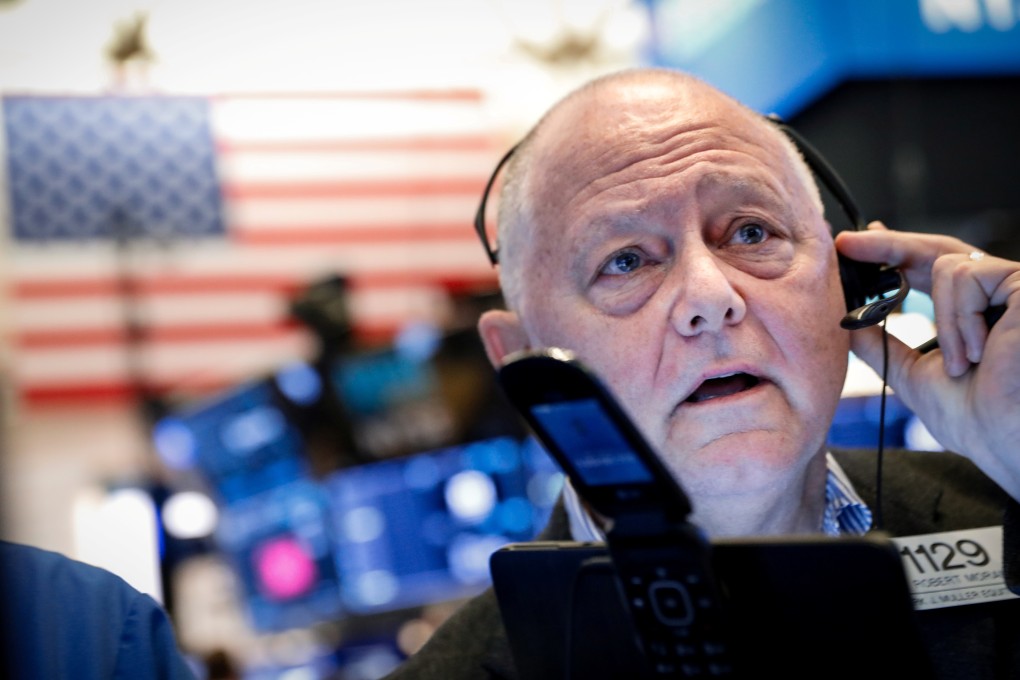Advertisement
Macroscope | Aimed at China, Donald Trump’s trade war shots keep businesses and investors on their toes
- Whatever the intended impact of the latest tariff threat and designation of China as a currency manipulator, the US moves are sure to disrupt the global economy and inflict pain beyond their initial target. Under such conditions, market volatility is a given
Reading Time:3 minutes
Why you can trust SCMP
0

Markets have had an uncomfortable two weeks – largely because of the US government’s continued escalation of its trade war with China. Two major developments necessitate further reflection: new upcoming tariffs and the designation of China as a currency manipulator.
Tariffs may be economically significant, but they are unlikely to weigh on trade negotiations. Meanwhile, designating China as a currency manipulator doesn’t change either side’s economic outlook, but it will be a major issue in trade talks, given its sensitivity and the abruptness of the announcement.
On August 1, US President Donald Trump announced he would impose tariffs on effectively all US imports from China. Beginning September 1, he plans to charge a 10 per cent levy on the remaining roughly US$290 billion of imports from China that do not currently face higher tariffs as a result of America’s intellectual property rights complaints.
Just a few days later, the US Treasury Department officially designated China a currency manipulator.
While the imposition of this 10 per cent tariff will not result in a catastrophic increase in prices for the US, it does set up two negative disruptions to the economy. First, the US administration has confirmed, once again, that businesses globally will have to contend with an extreme level of uncertainty regarding US trade policy; and second, in this round, for the first time, the average consumer will see an immediate corresponding increase in prices.
The direct inflationary impact will be, to borrow the Federal Reserve’s favourite word, “transitory”, because a tariff is a step up in prices, rather than sustained growth, so the effect fades when looking at period-over-period growth in prices, which is how we usually measure inflation.
Advertisement
